Geometric accuracy assessment of the orthorectification process from very high resolution satellite imagery for Common Agricultural Policy purposes
Manuel A. Aguilar, Francisco Agüera Vega, Fernando J. Aguilar, Fernando Carvajal Ramírez
2008
International Journal of Remote Sensing 29: 7181-7197
http://dx.doi.org/10.1080/01431160802238393
ABSTRACT
This study has, as its main aim, the assessment of different sensor models to achieve the best geometric accuracy in orthorectified imagery products obtained from IKONOS Geo Ortho Kit and QuickBird basic imagery. The final orthoimages are compared, both geometrically and visually, with the panchromatic orthophotos based on a photogrammetric flight with an approximate scale of 1 : 20 000, which are now used for the European Union Common Agricultural Policy in Andalusia (Spain). Two‐dimensional root mean square (RMS2d) errors in independent check points are used as accuracy indicators. The ancillary data were generated by high accuracy methods: (1) check and ground control points (GCPs) were measured with a differential global positioning system and (2) an accurate digital elevation model was used for image orthorectification. Two sensor models were used to correct the satellite data: (1) a three‐dimensional (3D) rational function refined by the user with zero‐ (RPC0) or first‐(RPC1) order polynomial adjustment and (2) the 3D Toutin physical model (CCRS). For the IKONOS image, the best results in the final orthoimages (RMS2d of about 1.15 m) were obtained when the RPC0 model was used. Neither a large number of GCPs (more than nine), nor a better distribution of them, improved the results obtained with the RPC0. For the QuickBird image, the CCRS model generated the best results (RMS2d of about 1.04 m), although it was sensitive to the number and distribution of the GCPs used in its computation.








Dejar un comentario
¿Quieres unirte a la conversación?Siéntete libre de contribuir